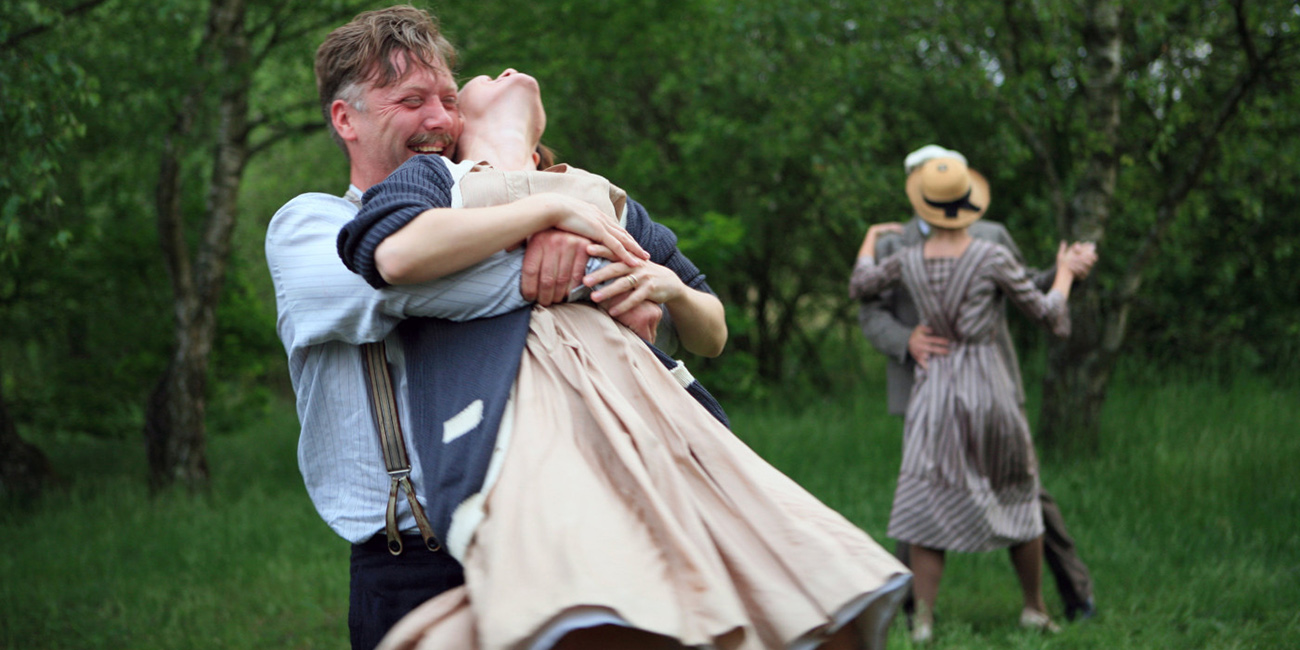
10 Must Watch Films About Photography
The first film about photography was released in 1895, filmed by Louis Lumière, the father of cinema art. The comedy about a clumsy photographer who accidentally breaks his camera was given the ingenuous title of Photographe and lasted some 37 seconds. But there’s still a lesson to be learned from it: Take care of your equipment! Bird In Flight suggests watching ten more films from which we can learn lessons that are no less important.
The story of Thomas, a hip British photographer, who accidentally captures a murder on his camera. While developing the film in his laboratory, our hero notices something blurry in his proof. In his subsequent quest to solve the mystery he unintentionally teaches the viewers of the movie (in 1966) that blowing up photos allows what is not visible to the naked eye to be seen. For the rest of the film, Thomas rushes around in search of evidence that a crime actually happened and what he saw wasn’t an optical illusion – or a figment of his imagination.
The movie is a parable based on Julio Cortázar’s story Las Babas del Diablo. Filmed almost half a century ago, it remains one of the most iconic films about photography.
Fans say that the inspiration for the main character was famous 1960s photographer David Bailey. But another version of movie lore says it was Bert Stern, the photographer at Marilyn Monroe’s last photo shoot. Regardless, in the sixties, when photography was underground, Antonioni displayed it under an enlarger.
Lesson: However passionate you are about photography, do not forget that a picture is an illusory world, and not an objective reality.

The lead character of the film is cynical American journalist, Richard Boyle, a specialist in “hot spots” who previously spent time in Vietnam and Cambodia. But now he is out of ideas and on the bottle. Alcoholism has cost Boyle has his job, money and wife. Having learned of a possible uprising in El Salvador, the reporter, along with a friend, decides to go. They quickly become embroiled in the thick of the 1980 coup.
Oliver Stone shot a tough, vigorous and realistic movie. This was in part due to the fact that the script for Salvador was written together with Rick Boyle, a military photo-correspondent. Red guerrillas, corrupt politicians, and noble nuns saving wounded children — the characters are so convincing you feel as though you are watching a documentary. The stars of the film — James Woods and James Belushi — are two of the greatest actors of their generation. In a powerful scene in Salvador a machine-gun burst kills Boyle’s colleague, a photographer seeking the coveted Holy Grail-shot conveying the quintessential essence of war.
Lesson: There is no photograph worth dying for.
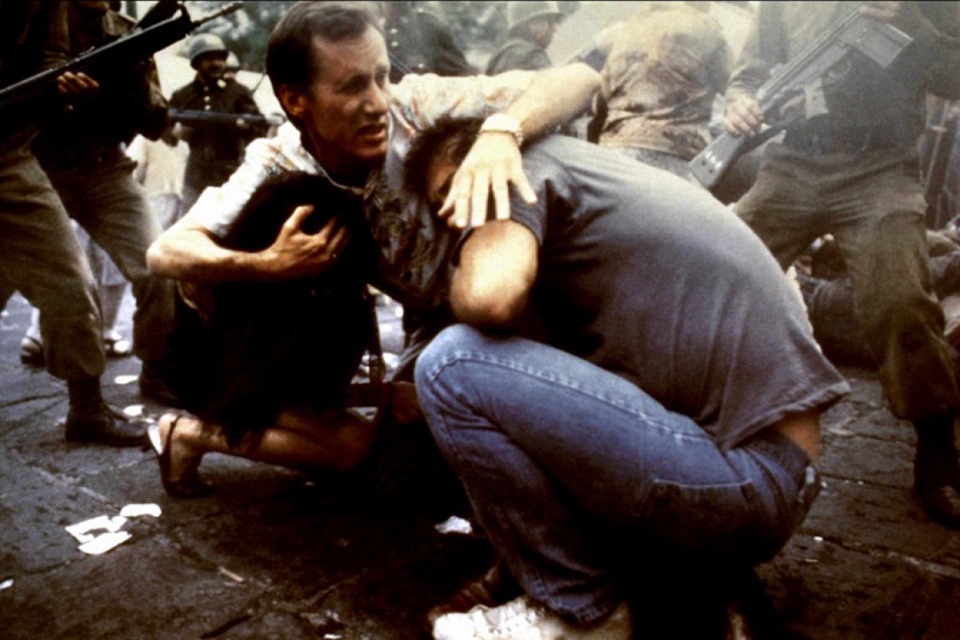
Italian-American character actor Joe Pesci is perfectly suited for the role of mobster, killer or thug, but in this film he is on the “right” side of the law. His character, Leon Bernstein, nicknamed “The Great Bernzini,” is a nosy reporter with an enviable flair: whenever there’s a crime or accident — he and his camera are always there. He even manages to outperform the police, and constantly finds himself first on the scene, taking sensational shots. Bernstein is the only person documenting the kings of the criminal world in his era. Nonetheless even with such a seemingly satisfying career, The Great Bernzini remains unfulfilled by “catching scandals.” He dreams of creating a photo album that will open people’s eyes to the filth and horror of America at the time. However, these plans become threatened after he photographs a mafia showdown.
Bernstein is loosely based on reporter Arthur Fellig, a master of chronicling criminal activity in New York. Fellig was the first to listen to a police radio and was often at crime scenes before the police. He created a unique genre of documentary photography, capturing the New York City nightlife of the 1930-1950s, and influenced many prominent photographers of the 20th century, including Andy Warhol.
Lesson: “There’s always a good shot, you just need to look for it.” And Bernstien always finds it. For that, Bernstein will do anything, from pretending to be a priest to slightly moving bodies of the deceased, just so they look better in the picture. Of course, there’s no need to be so cynical, but a lot can be learned from him.
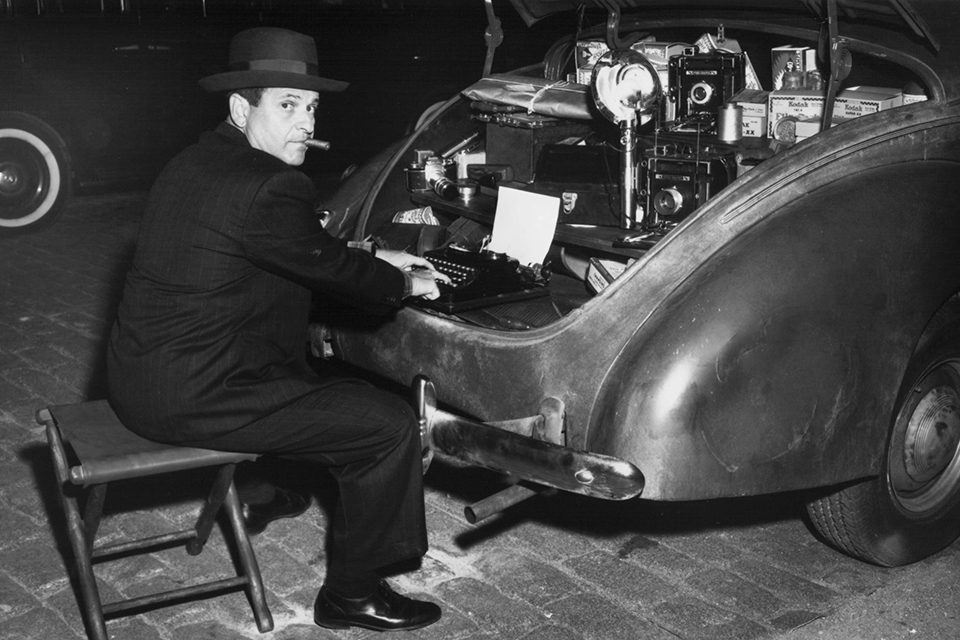
Like many melodramas, this film is rooted in the formula of “lonely together”.Nevermind that the heroine is married, loneliness with someone much worse than loneliness alone. She is a simple housewife. He is an artist and photographer who shoots bridges. She is played by one of the best actresses of our time, Meryl Streep. He is played by Clint Eastwood, an actor and director in one. Between them, a love is born, destined to last only a few happy days.
At first glance, the profession of the main character is not very important because the love story is central to the plot. But if he’d been a carpenter, a realtor or even a landscape painter, it would be a totally different story. And, perhaps, far less romantic.
Lesson: “I know how to work a camera, how to make it “make pictures” — but I don’t know how to make it make art.” Do not believe it and do not repeat these words! Find a vision. Maybe your calling is to photograph flower beds. Or telephone poles. Or people who eat ice cream.
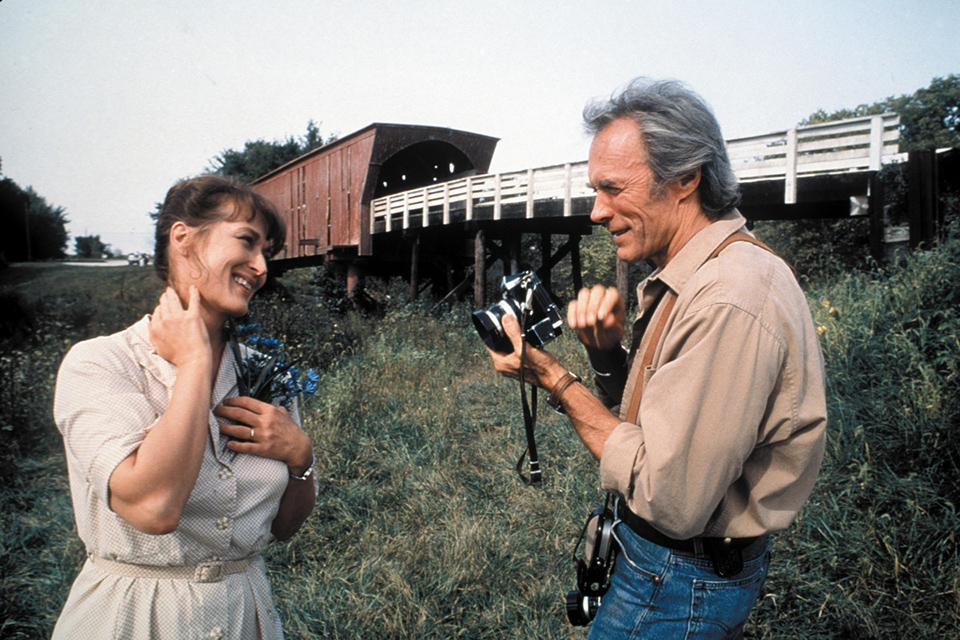
At the end of the 19th century in St. Petersburg, Johann and his assistants shot indecent images under the name of The Marquis de Sade Photographic Theater. Two respectable families get caught up in their business and are corrupted, turning from ordinary people into vicious monsters. The treacherous photographers make victims out of a meek girl, Liza, the daughter of an engineer, and the blind wife of a doctor with two foster sons who are identical twins.
Alexei Balabanov’s esthetic film about the pioneers pornography is drenched in the decadent charm of antiquity. The film was shot in sepia and skillfully stylized. The end of the film shows a changing of eras as static pictures begin to be replaced by energetic cinematography that promises new opportunities and fabulous profits.
Lesson: Nudity can be shot in a vulgar and banal manner, as Johann does, but it can also be done as exquisitely as Balabanov. His ladies imprinted in celluloid in pudendal poses with irrelevant nowadays cellulite thighs can compete not only Rubens women but Raphael’s Madonna.
Edward Furlong, from the second Terminator, plays a guy from Baltimore named Pecker who won’t part with his prehistoric camera. His neighbors grumble that he constantly carries around a camera his mother found at a flea market. Pecker tirelessly and enthusiastically shoots everything that he sees: people on the street, inscriptions in the pavement, rats in the garbage and food. In general, he acts like a typical Instagram user. And he rises to stardom. Soon it becomes clear that this glory prevents him from living the life he is accustomed to.
This exuberant and merry film was shot by John Waters, one of the major Hollywood film hooligans of the 1980s and 90s. The movie is intriguing, dynamic and as bright as a camera flash.
Lesson: “You’re crazy. You see art when there’s nothing there,” says Pecker’s girlfriend. If anyone ever says something like this to you, rejoice! The ability to find and show the beauty in everyday life is a talent.
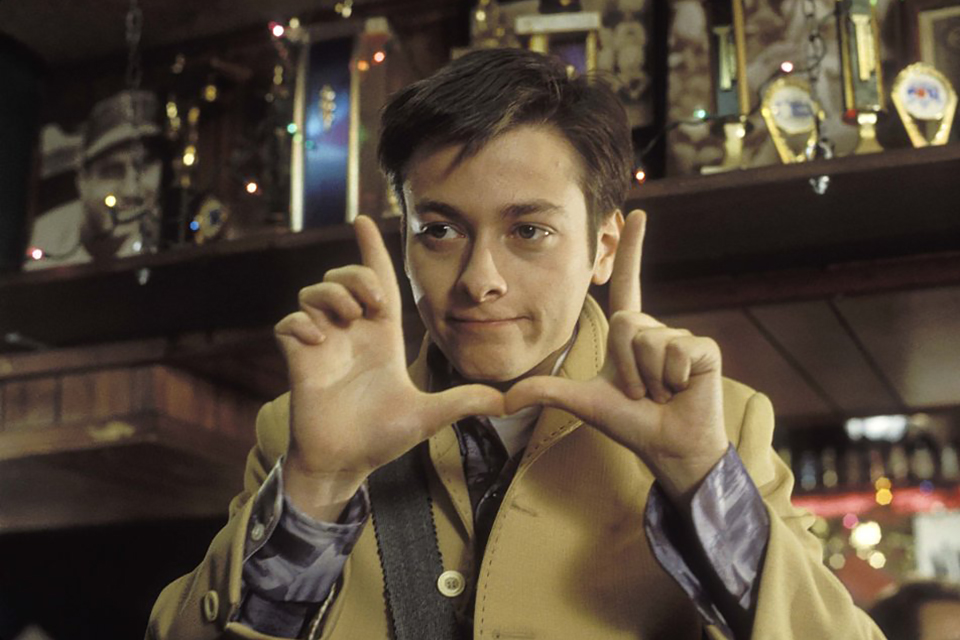
.
Diane Arbus was a famous American photographer. Her catalog of work has been reissued a dozen times, sold hundreds of thousand copies and to this day remains one of the best-selling collections in the history of photography. Arbus’s Twins is amongst the ten most expensive photographs of all time – ten years ago it was sold for almost a half million dollars. Diane, the daughter of a New York fur shop owner, got married and became a fashion photographer against the wishes of the parents. She shot for Vogue, Glamour, Esquire and Harper’s Bazaar. But it wasn’t her shots of pinup models that brought her glory, rather her portraits of transvestites, midgets, prostitutes, and the mentally ill. At 48, Arbus took a large dose of barbiturates and slit her wrists.
Such was the reality. But the filmmakers do not care about reality. After all, the word “imaginary” appears in the title of the film. They cast Nicole Kidman, who is not afraid of being provocative on screen, for the main role, and unlike many biopics, explored imagination with the audience, shedding light on the questions about what made Arbus so interested in people with physical defects.
Lesson: You can see beauty even where others see only ugliness.
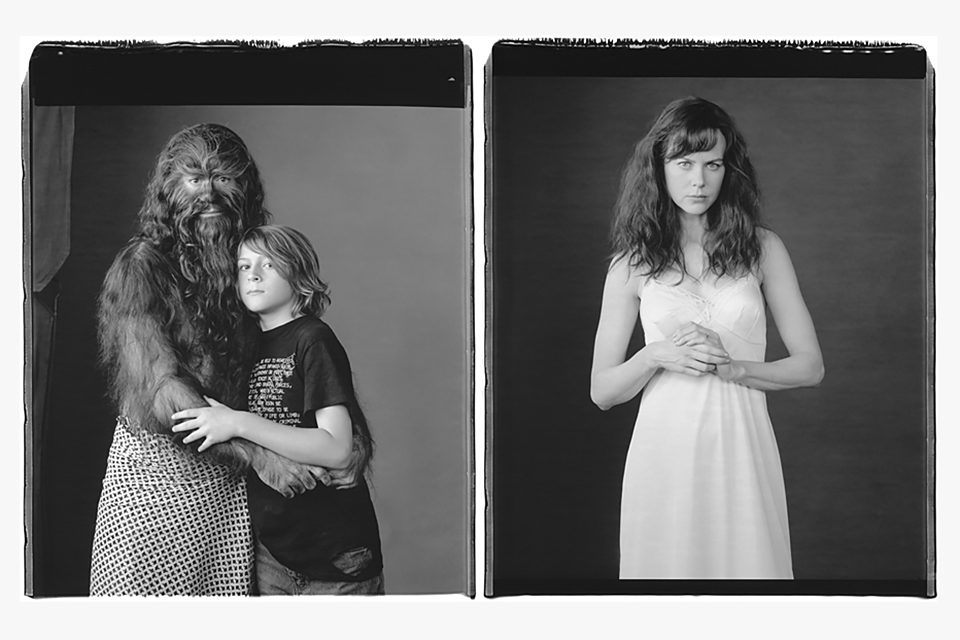
A Scandinavian tale about a woman named Maria Larsson who lives at the beginning of the 20th century in the Swedish city of Malmö. The pious wife and mother of seven children humbly pulls the weight of the family, despite poverty and hardship. Then a bright beam of light breaks through her “dark kingdom” when Maria wins a camera as an outlandish prize at a charity lottery and discovers her talent as a photographer. But alas, the newfound happiness does not sit well with her husband, a despot and drunkard.
Scenes from the Larssons’ marriage form an unusual love triangle — man, woman and camera. Swedish director Jan Troell pulled together the plot from a book written by his wife (the book, incidentally, is based on a true story: the inspiration of the main character is her aunt). From a family legend, Troell created a dramatic and intense psychological picture in the tradition of Ingmar Bergman.
Lesson: The flash of the camera is able to illuminate even the darkest life. If the blues come or you’re stuck in a routine, remember the story of Maria Larsson, grab a camera and go.

The work of German photographer Gilbert Finn (played by Campino, the singer of German punk band Die Toten Hosen) lands on the cover of glossy magazines and is exhibited in the best galleries. But success cannot fill the emptiness in his heart — our hero is going through a painful creative crisis. In search of something new, Finn arrives in Palermo, where he finds love in the face of a mysterious artist. However, unexplained things begin happening to the photographer; reality starts merging with art, and telling the difference between fiction and reality becomes impossible.
“I shoot, therefore I exist.” The re-written words of Descartes could well be the motto of many photographers. But Wim Wenders challenged this unspoken maxim and filmed a strange yet beautiful parable about the transience of life.
Lesson: Man cannot know how beautiful life is until he has lost it. Or, at least, until he has fixed the photograph.
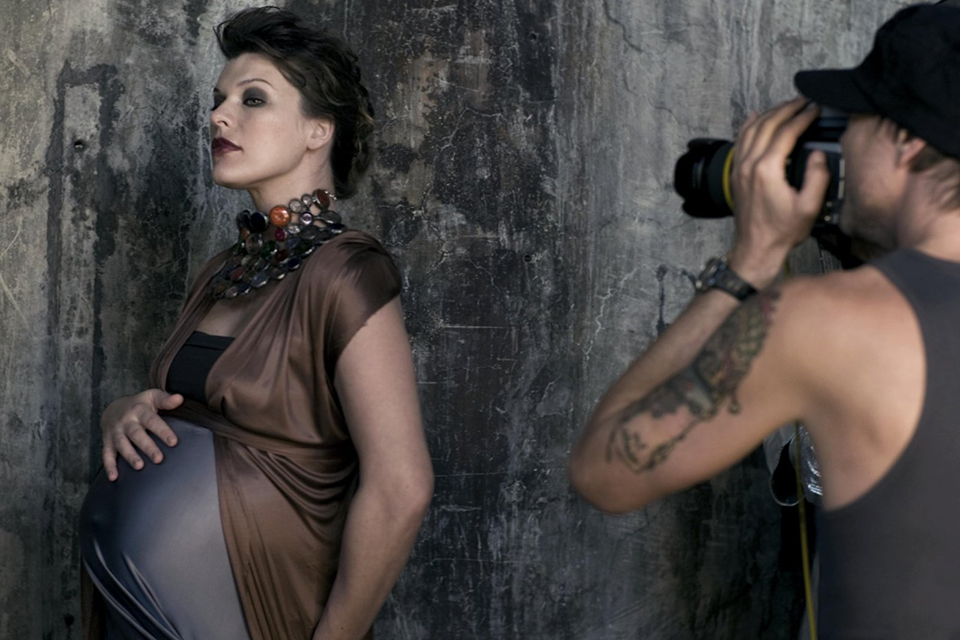
In 1962, budding photographer David Bailey chooses Jean Shrimpton to be a model. Their collaboration grows into intimacy, and as a result of their relationship, a series of shots causes a real upheaval in the world, which still hasn’t seen mini-skirts or heard The Beatles.
The plot of this biopic is mostly unsophisticated, but the film does a good job of recreating the atmosphere of the sixties, when busting stereotypes was easy and acceptable. The story about Bailey and Shrimpton shows that the photograph was at the forefront of the cultural revolution of the era.
Lesson: The brand of the camera doesn’t matter if it’s in the hands of a professional. This is the belief of Bailey, who, if you recall, is not only the hero of this film, but also the potential inspiration of the character in Blow Up.
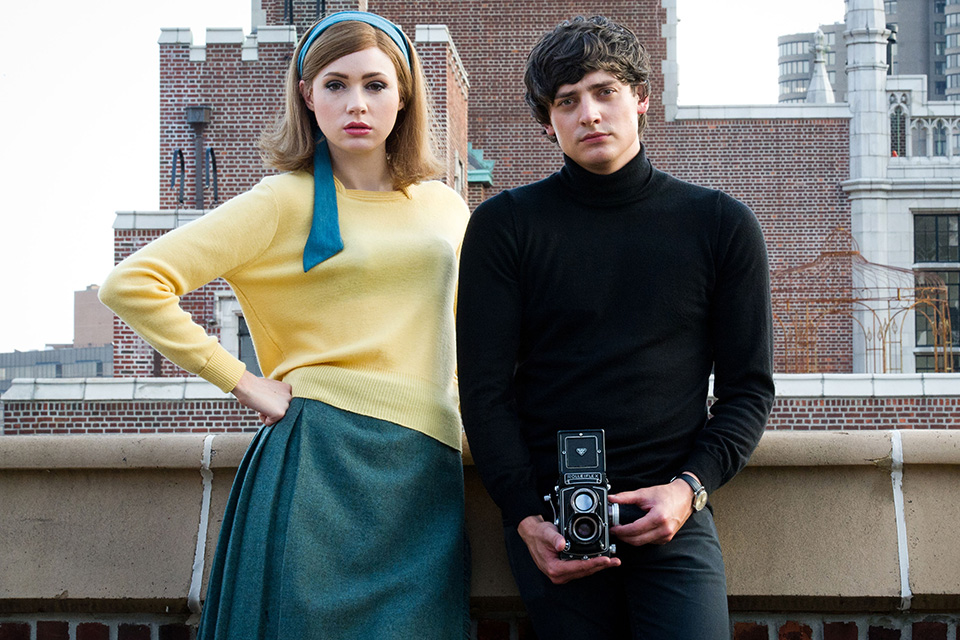
New and best




